Walk the neighborhoods that were growing at the City of White, whose stories are found in its walls. In this place you can visit the church in the neighborhood of Santiago, a mixed culture with Spanish and mestizo backgrounds.
Santa Ana Neighborhood
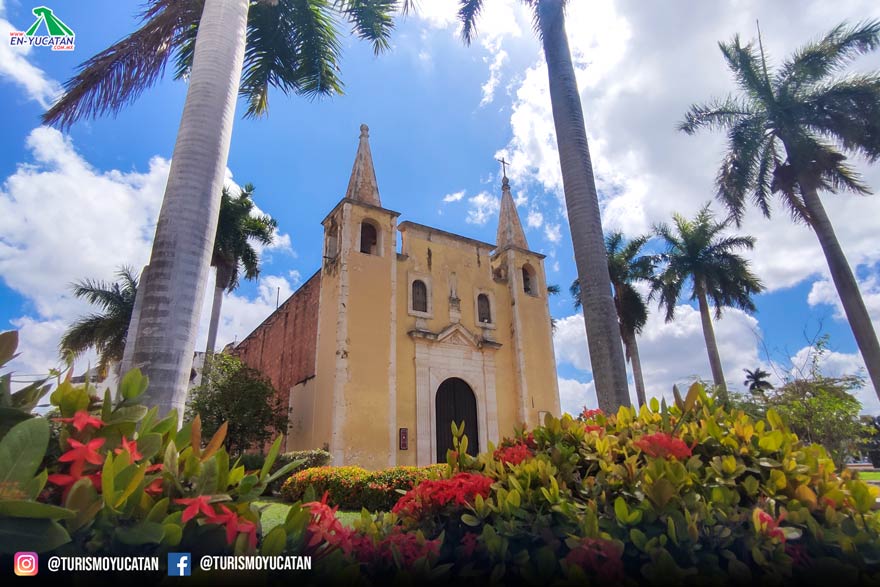
The Santa Ana region was once a modest town of artisans and field workers during the colonial era. But it saw rapid development of a new road that is now known as 60th Street from the Plaza Grande in the eighteenth century, and the construction of its new church, which has some of the most amazing, unique decorations in the whole city.
Also you can’t miss the tour of the cobbled square in the neighborhood of the Shrine of St. Elizabeth and finish the tour sipping fresh, hot coffee in the park of Saint Lucia to sing of the musicians.
Santiago Neighborhood

The church is a very important part of this neighborhood. According to the legend written in an arc from the main entrance of the temple, is supposed to have been completed in the year 1637.
In the church of St. James the heart of one of the first Bishop of Yucatan was buried, Fray Luis de Piña y Mazo, who died in 1795. This is clearly recorded on a stone tablet, written in Old Castilian, built on the north wall of the temple.
Location: Calle 70 x 59 Centre.
Mejorada Neighborhood

Folk Art Museum, Casa Molina, church and former monastery of La Mejorada, former headquarters of Dragons, Museum of the Yucatecan Song. This park is the former convent of la mejorada(the improved)also called Church of the Improved Order. This church’s architecture is colonial style that dates back to the sixteenth century.
Location: Calle 50 x 59 and 57, center.
San Sebastian Neighborhood
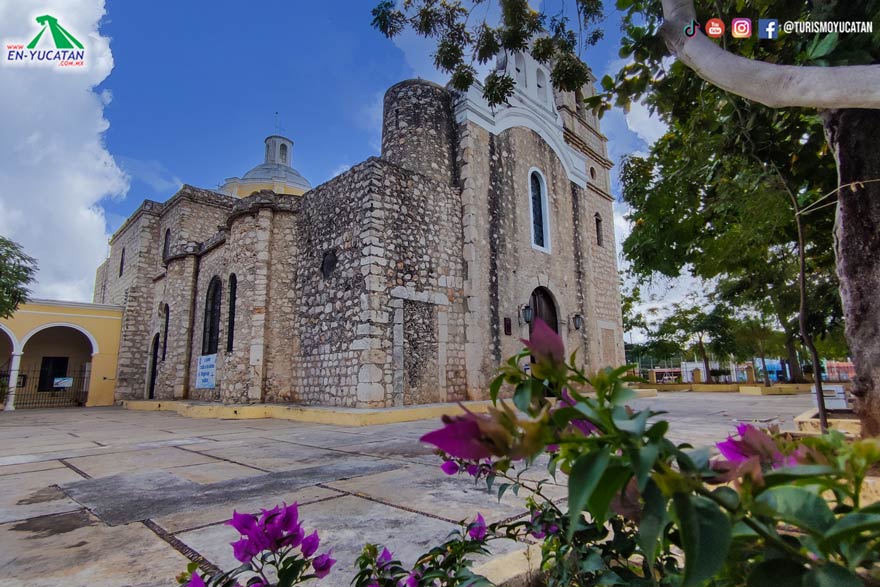
This is the story of a small Monastery reconstructed by hand in 1976, for the governing of city hall.
Location: Calle 70 y 75 Centro
Santa Lucia Neighborhood
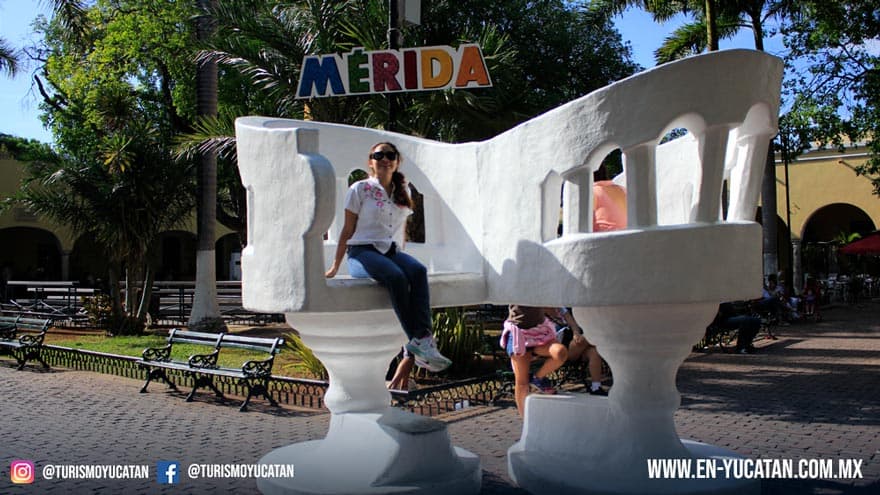
This place was formerly known as the shrine of the goddess of good travel, possibly because it was on the edge of the highway of Campeche. People often performed the act of stopping briefly to pray to the Virgin, housed there to provide a good end to a sometimes painful journey. There is also a botanical garden with cascading waterfall owned by the municipality nearby.
Location: Calle 66 x 75 Centre.
San Cristobal Neighborhood
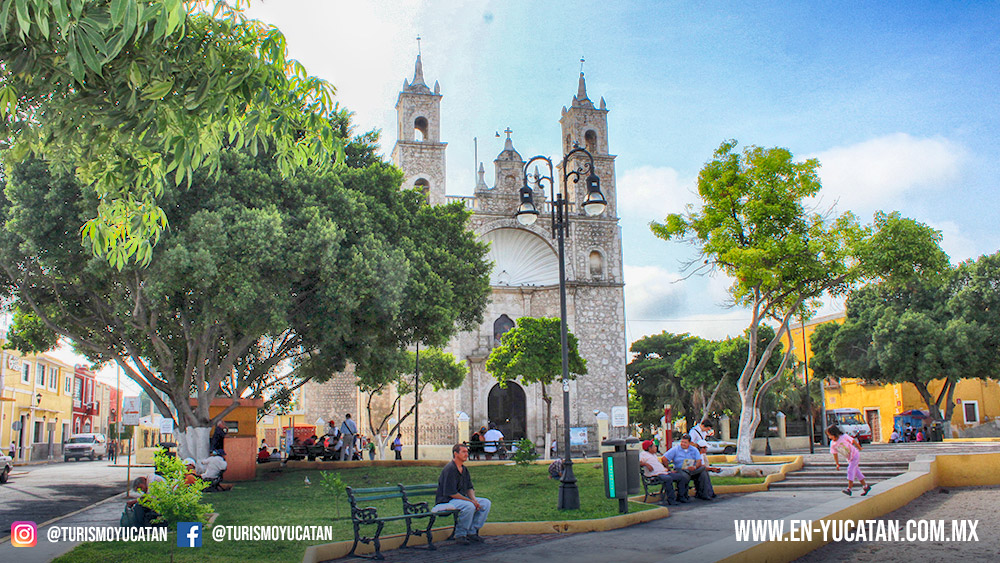
This was the last church built in the Spanish province of Yucatan, it is very beautiful. Its exterior and its main entrance are legends in Latin, it’s buried within a high arch top that looks like a big shell, at the same height, the sides forming the first section of the towers, has two holes that at one time may have had saints in them. This neighborhood was originally inhabited by artisans, that fueled the downtown to become a leading provider of leather goods, fur industry (or tanning), which was once the pride of this population.
San Juan Neighborhood
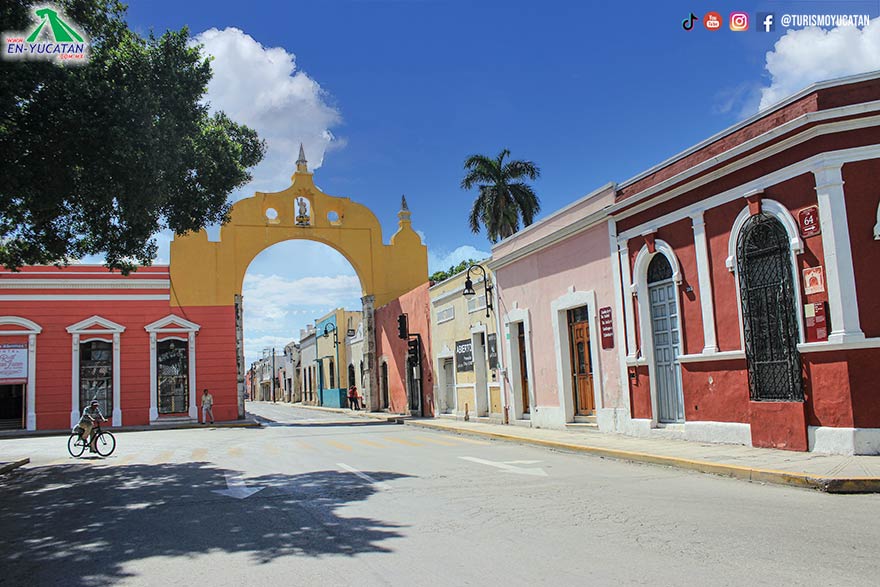
Behind the temple was the public inn where travelers and drifters often stayed. The small corridor to the adjoining houses above displays the amazing construction of churches in the Yucatan; it may be all that remains of the primitive church of San Juan. This site was founded around the beginning of the last century the political society “san juanistas” introduced printing in the province and writings of the constitutional council. In 1884 the church was renovated by his chaplain Fr. D. Carlos de Jesus Mexia, who was also the clergyman of the seminary.
Garcia Gineres Neighborhood

It is an example of the sixteenth century Franciscan architecture.
The exterior is very calm, topped by a bell tower with three spans, tall and light. The doorway is arched and there is a choir window has a wooden railing.
Inside, in the center of the altar you can admire the image of Our Lady of Perpetual Help, this is an image that was brought from Paris in the early twentieth century.
Location: García Ginerés.